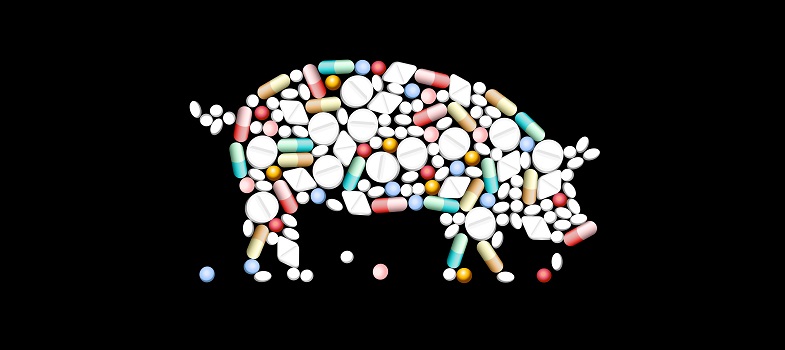1.2 Types of surveillance
Surveillance systems can be classified as either passive or active, based on how the data are obtained.
These data are obtained when farmers or practitioners send clinical samples to diagnostic laboratories and AMR tests are performed to choose an appropriate treatment. The main reason for generating the data is to improve animal health and profitability of the farmer; however, this system provides data to monitor resistance, and is particularly useful in LMICs where there is a lack of resources needed for active surveillance. Because passive surveillance relies on the voluntary actions of farmers and animal health providers to report the occurrence of disease, the data obtained will be dependent on their motivation and awareness and will contain some degree of bias.
Other types of surveillance
In many countries, the capacity and resources to implement a full-scale surveillance system may not yet be available. In these cases, collecting data through
Activity 3: The surveillance systems in your country
Thinking about the surveillance activities you have identified in your setting, can you think of a surveillance system in food-producing animals, livestock or aquaculture? Is it a passive or active surveillance system?
Discussion
You may want to consider particular activities that you engage with at your workplace that fit with the descriptions in the section above. You may want to discuss this with the lab manager or your supervisor.
Surveillance systems in LMICs are likely to be passive; that is, based on reporting of clinical findings.
Consider the surveillance objectives below and decide whether active or passive surveillance would be most appropriate in each scenario.
Controlling an endemic bacterial disease in animals or fish
Active surveillance would be most appropriate in this scenario, because activities can be designed to target the specific endemic disease that that you wish to control within a population.
a.
Active surveillance
b.
Passive surveillance
The correct answer is a.
Monitoring changes in trends of AMR in animals.
Passive surveillance would be most appropriate in this scenario, because you are interested in general trends rather than a specific target species or resistance type, but it requires farmers and veterinarians to regularly submit samples to laboratories. Designing an active surveillance system to monitor general trends in AMR would require a lot of resources.
a.
Active surveillance
b.
Passive surveillance
The correct answer is b.
Investigating the public health risk of AMR E. coli in meat products.
Active surveillance would be most appropriate in this scenario, because activities can be designed to target the products and organism of interest in order to investigate the risk to public health.
a.
Active surveillance
b.
Passive surveillance
The correct answer is a.
Detecting the emergence of novel types of resistance among bacterial pathogens.
Passive surveillance would be most appropriate in this scenario, because there is no specific target and data would be obtained following the reported occurrence of disease. This would be an example of early warning surveillance.
a.
Active surveillance
b.
Passive surveillance
The correct answer is b.
1.1 Monitoring and surveillance to address the AMR challenge



